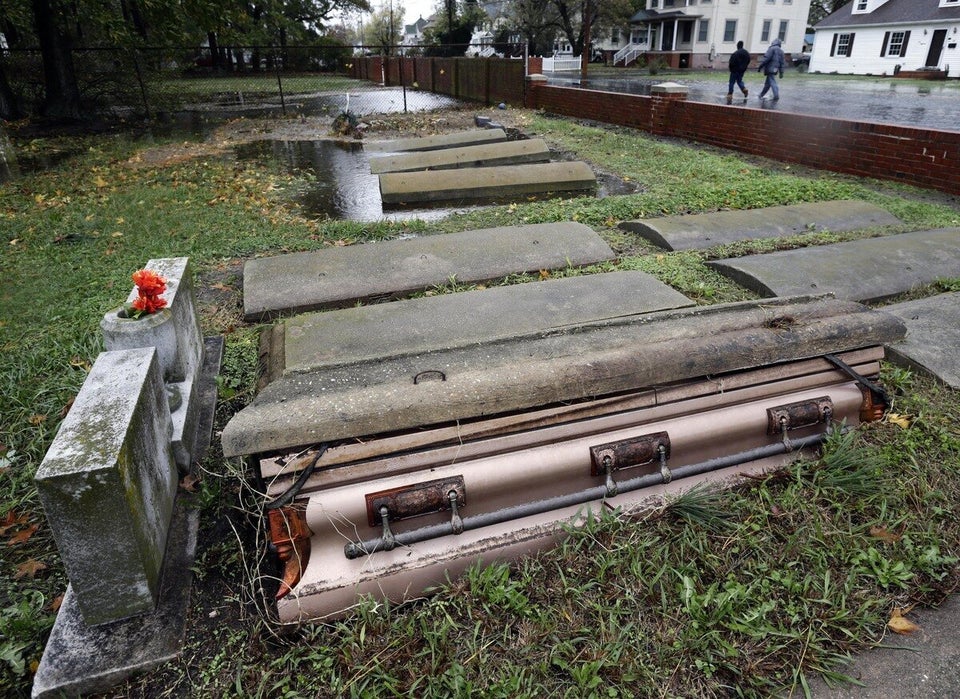
Quite coincidentally and somewhat ironically, I was reading the harrowing coverage of Hurricane Sandy when my iPad beeped to inform me that I was being invited to three major brainstorming sessions to conceive celebratory ideas for the city of Montreal's upcoming 375th anniversary.
I hate brainstorming sessions for many reasons. Not merely do they waste time, they are usually stultifying and counter-productive.
Why?
Because they are as far from "storms" as anything can get.
Most brainstorming sessions I've attended are comfy, happy-face events, usually held in posh boardrooms, fuelled by a sumptuous buffet and limitless coffee and "stimulated" visually by walls of whiteboards and flip-charts. They come with polite, democratic rules like "There is no such thing as a stupid idea" (which in itself is one of the stupidest of all) and tend to treat all participants as equal.
Yeah, just like the real world.
The end result is usually a namby-pamby pandering to the consensus, or if you're lucky, to the most insufferably boisterous person in the room.
Brainstorms are ultimately doomed because they are not storms, but dumps. Most of those that I've attended are marked primarily by people once again unloading preconceived notions they have held inside their cerebral reservoirs for years. If accepted, hallelujah, room for perhaps a new idea. If not, they are sucked back in, ready to be dumped out at the next idea session.
When I was co-running Airborne Mobile, my oft-chanted adage to our creative types was "Get off the floor and out the door" when seeking the new and innovative. The idea was to let the real world inspire them, and let some random sighting or haphazard event inspire change and ignite the lightbulb over their heads. The objective was to react to a random, unexpected catalyst.
Which brings us back to Hurricane Sandy.
Now by no means am I demeaning the suffering and the tragedy wrought by this horrific natural disaster. While spared the brunt of this beast, I lived through the 1994 Northridge Earthquake and the 1998 Ice Storm, so I know what it's like to (thankfully) survive Mother Nature's fury.
But to use Sandy to draw an analogy, we will soon witness the positive results of this (b)rainstorm. This catalyst will bring about change in municipal infrastructure, in innovation, in the way people deal with each other, in ways that are not yet imagined. There will be new ways to prevent things like this from ever being as catastrophic (check this piece on waterproofing power grids, for example), new products invented, new companies started, and new areas of towns developed as others are abandoned.
To wit, a New York Times piece about "Getting Back To Normal" quoted Stephen M. Sweeney, president of the New Jersey Senate, speaking about the battered Jersey Shore: "We just can't rebuild it the way it was. The worst thing to do is to have this experience and not learn from it."
That's what storms do.
They destroy, but they lay the groundwork for rebirth.
They reveal weaknesses, but they teach.
They toughen us up, and give survivors a sense of pride in the stories they spawn.
So again, without making light of a serious situation, here's what I learned this week: Storms poke gaping holes in the status and force its imminent change.
That's what a brainstorm should do.
So at the very least, at the upcoming sessions for Montreal's 375th anniversary, I'm opening up the windows and setting off the sprinkler system.
